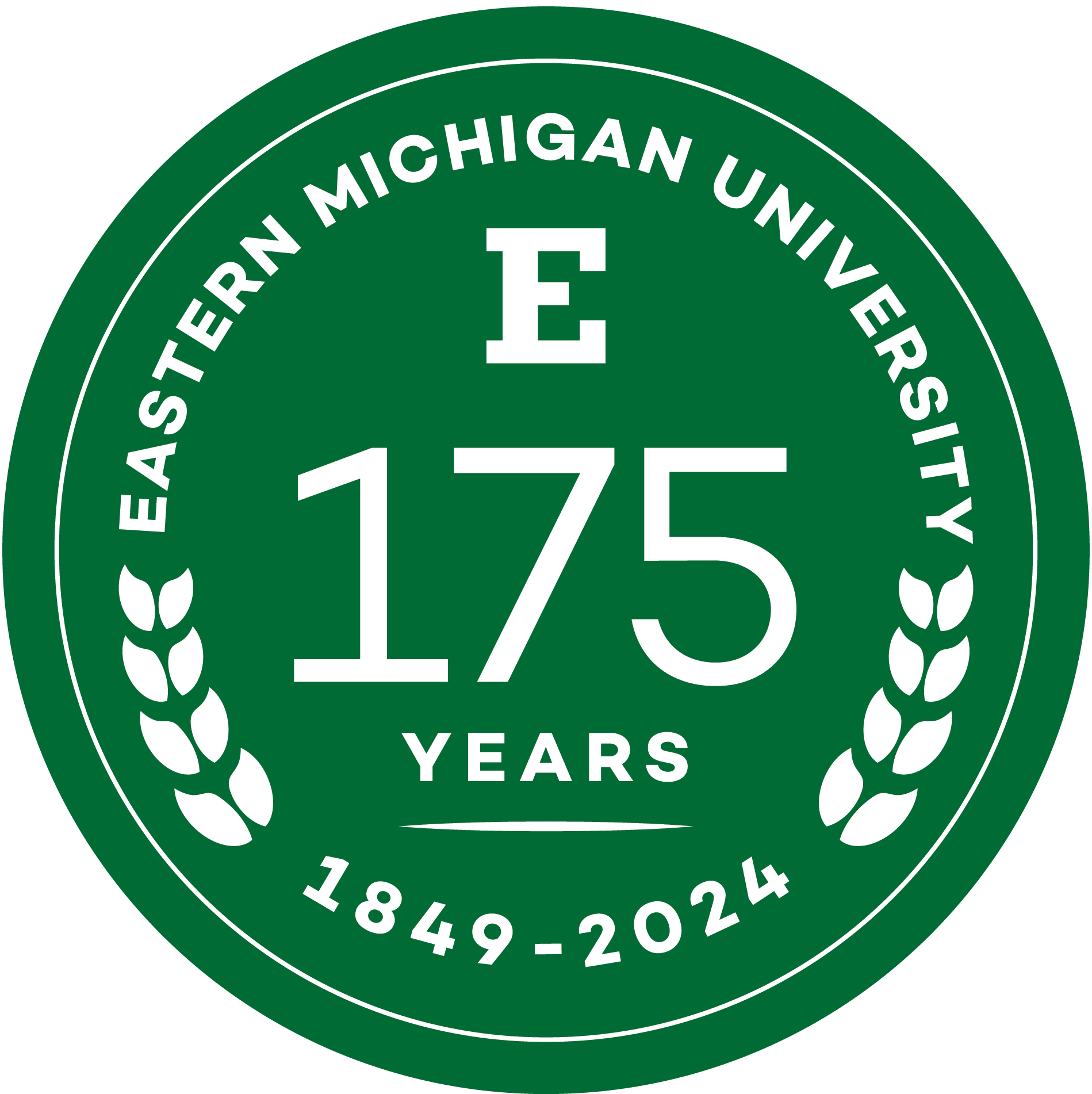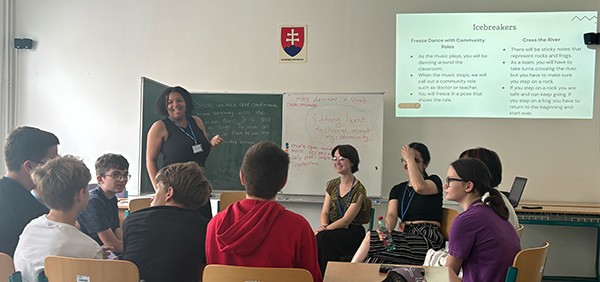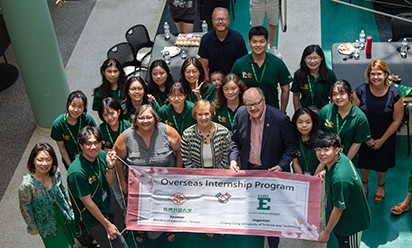Eastern Michigan University Therapeutic Recreation program hosted a “Try Adaptive Sports Clinic” to promote inclusivity and awareness
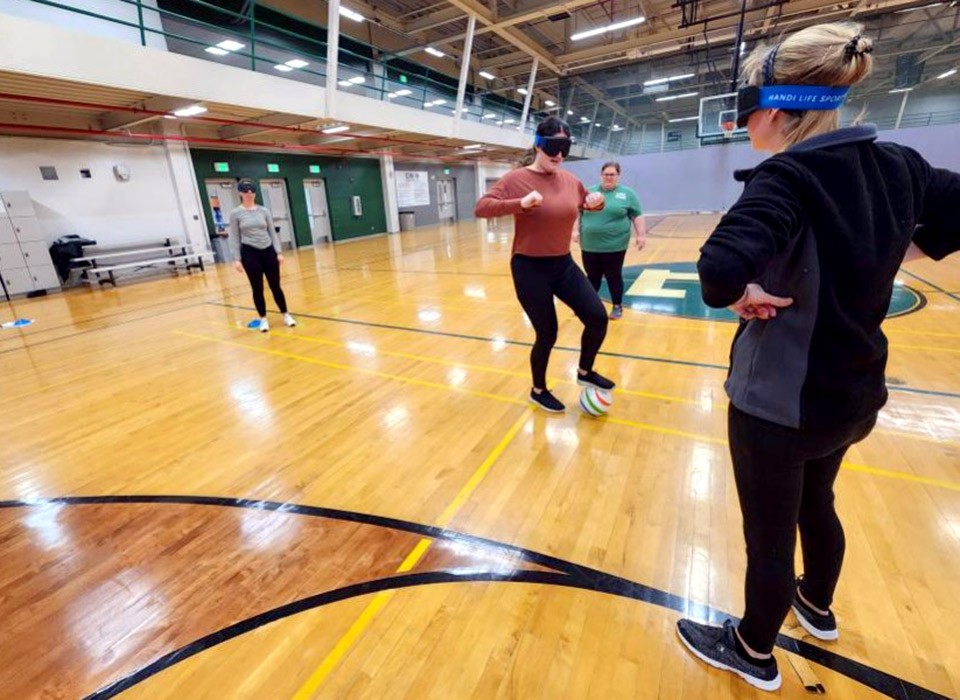
YPSILANTI – Eastern Michigan University’s Adapted Sports Club (ASC) recently hosted a “Try Adaptive Sports Clinic,” which is part of EMU’s Therapeutic Recreation program that aims to provide activities to athletes 16 and above with physical disabilities. The Club supports participants in playing sports, exercising, and socializing in a barrier-free, inclusive environment.
Community members who participate in the Club can expect events such as wheelchair and standing tennis, wheelchair basketball, and a paralympic soccer camp for veterans and the public. These sports help individuals with disabilities enhance physical, social, emotional, and cognitive functioning through recreation and leisure activities.
“The ASC is a critical need for the EMU community,” said Kara Oliver, student president of the Adaptive Sports Club at Eastern. “Adaptive sports make it possible for people with disabilities to get the physical activity they need to improve their health and stay healthy while building relationships and creating memorable experiences.”
During the Clinic, Oliver and Assistant Professor of Therapeutic Recreation Heather Silander instructed students, faculty, and staff on the importance of adaptive sports, how to engage in adaptive activities, and live demonstrations of the sports available to participants. Some of the sports included the following:
-
7-A-Side Soccer – Adapted Soccer for Cerebral Palsy and other Neurological Disorders: Attendees with cerebral palsy or other neurological conditions participated according to limb control and coordination while running. Attendees were given a C5 through C8 rating, which referrs to the nerves that controls the arms and hands. C5 athletes have more limited physical functionality, where as C8 represents the least amount of limited physical functionality of the player. At all times, at least one athlete from the C5 and only one C8 divisions were on the field. In addition, this was a 40-minute game instead of 90 minutes. Seven versus seven is very similar to 11 versus 11 soccer in terms of gameplay and rules, with a few exceptions. The competition was more intense since there were fewer players, more ball circulation, and more goals.
-
5-A-Side Soccer – Adapted soccer for athletes with visual impairments: Participating athletes also played 5-A-Side Soccer, also referred to as blind football, which is an adaptation l for athletes with a vision impairment. The outfield players were classified as completely blind (B1), which means they had very low visual acuity or no light perception, while the goalkeeper was sighted. To ensure fair competition, all outfield players were required to wear eyeshades. Participants were also able to have off-field guides to assist them. The players yelled "voy" to maintain safety and to announce their location. It was also vital that spectators remained silent until someone scored a goal. This was also a 40-minute game instead of 90 minutes.
-
GoalBall – Adapted soccer for athletes with visual impairments: Attendees played a game of Goalball, a silent sport where three players (right/left-wing & center) attempted to roll or "bowl" ball with bells into their opponent’s net for points. Opposing players remained on their hands and knees and used ear-hand coordination to block shots thrown at their net. Athletes played the sport with one ball with internal bells or a beeper.
-
Seated Volleyball – Adapted volleyball for athletes with visual impairments: Sitting volleyball was also part of the experience. Seated volleyball is very similar to standing volleyball, except it is adaptive to those with or without lower body impairment. During the game, players hit the ball over a net with up to three contacts with the volleyball. Players were allowed to block serves, but one “cheek” had to be in contact with the floor whenever a player made contact with the volleyball. Being unable to stand was not a requirement for playing sitting volleyball. Some of the athletes were amputees or had a loss of muscular strength or flexibility in a joint.
“In the therapeutic recreation program, we have two long-term goals. One is to be a grassroots adaptive sports program in Ypsilanti, and the other is to provide a space for students and staff who would like to try one of the sports or activities and learn how to play,” said Silander.
To learn more about program needs and how to assist with equipment and resources for the ASC, visit the ASC donate page. For more information about EMU’s Therapeutic Recreation program, visit the website.
About Eastern Michigan University
Founded in 1849, Eastern is the second oldest public university in Michigan. It currently serves more than 14,000 students pursuing undergraduate, graduate, specialist, doctoral and certificate degrees in the arts, sciences and professions. In all, more than 300 majors, minors and concentrations are delivered through the University's Colleges of Arts and Sciences; Business; Education; Engineering and Technology; Health and Human Services; and its graduate school. National publications regularly recognize EMU for its excellence, diversity, and commitment to applied education. Visit the University’s rankings and points of pride websites to learn more. For more information about Eastern Michigan University, visit the University's website. To stay up to date on University news, activities and announcements, visit EMU Today.
January 18, 2023
Written by:
Brittany Mobley
Media Contact:
Brittany Mobley
bmobley1@emich.edu
734-487-4402
More Stories
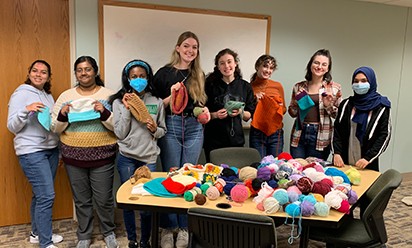
EMU Honors Crochet and Knitting Club ties the community together through acts of service.
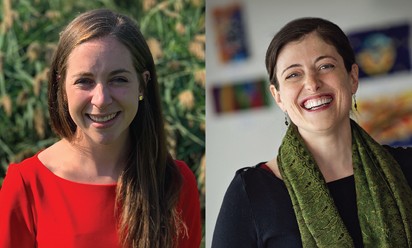
Southeast Michigan Stewardship Coalition at Eastern Michigan University appoints new leadership.

